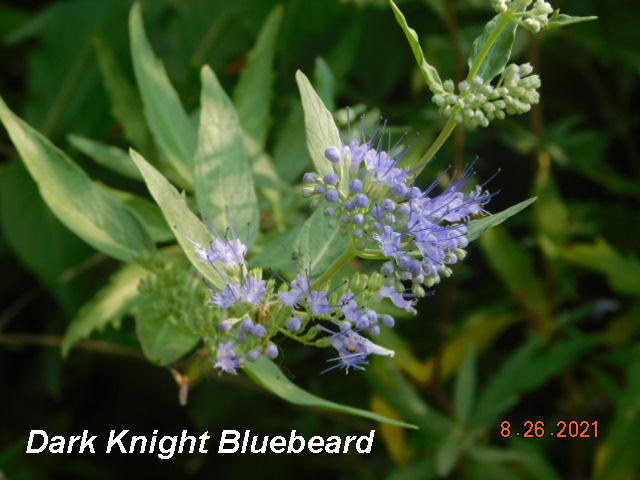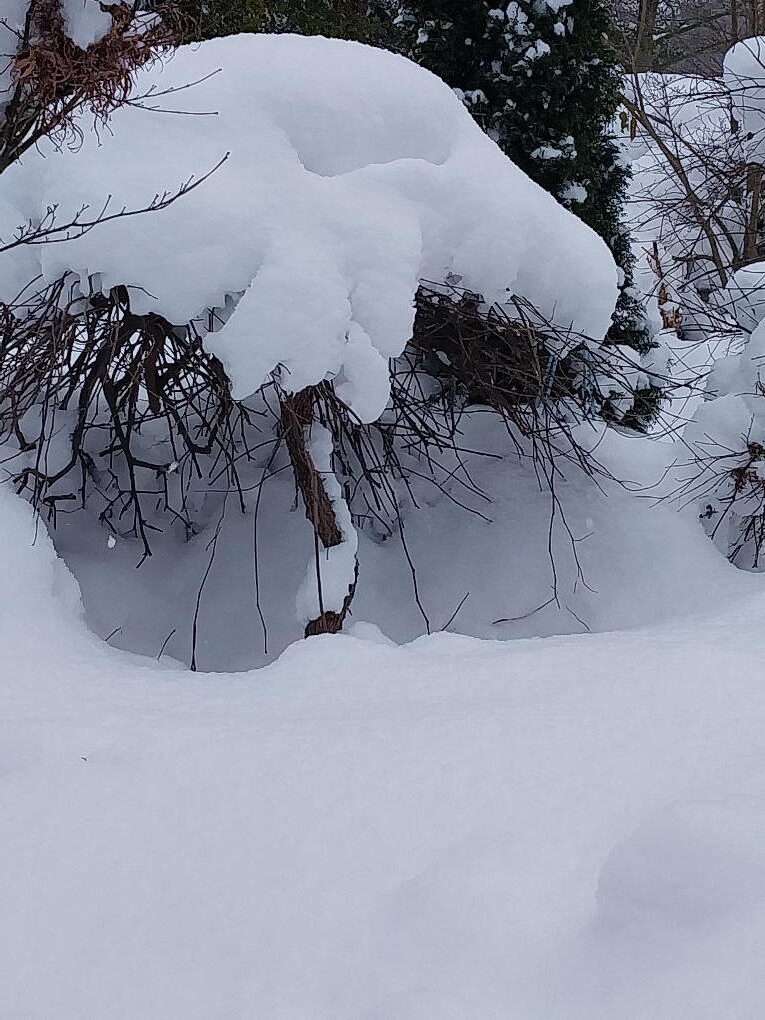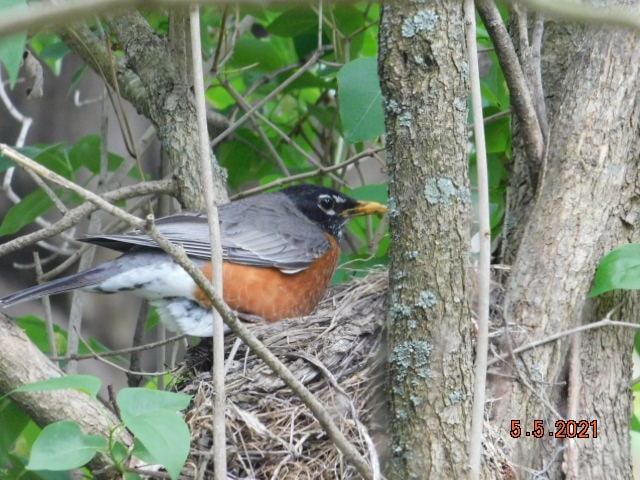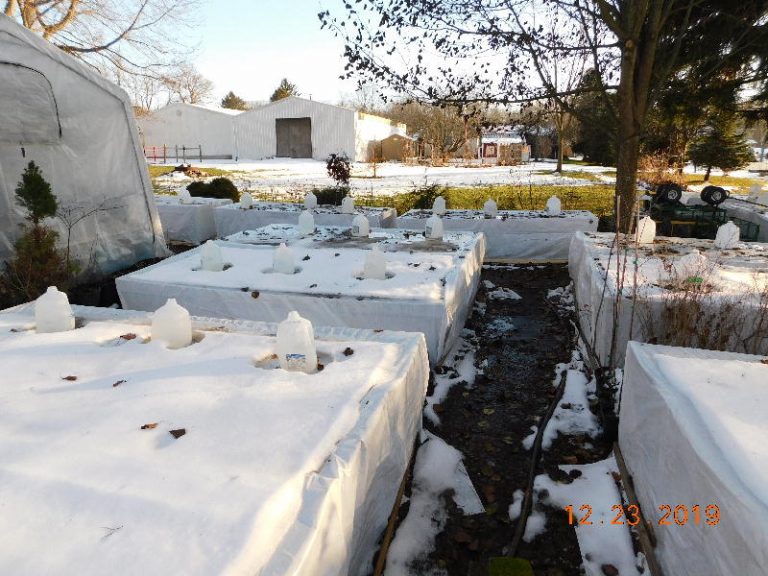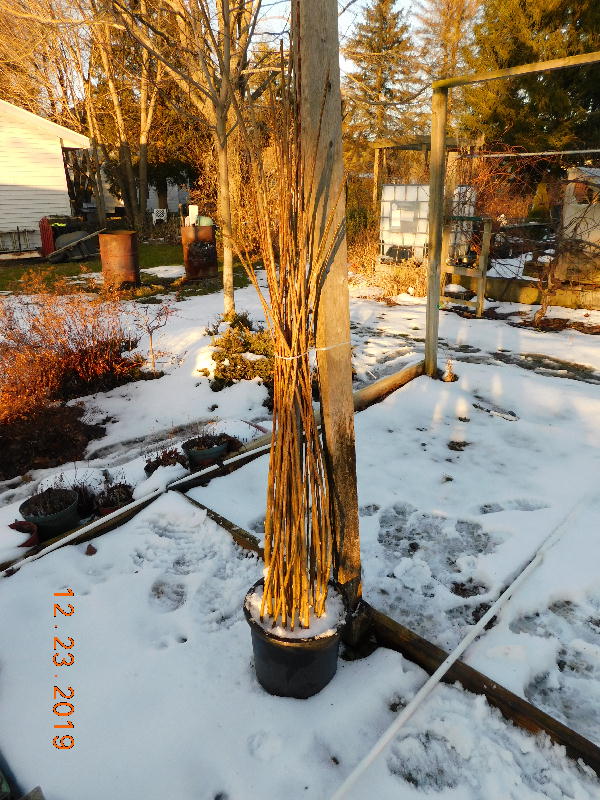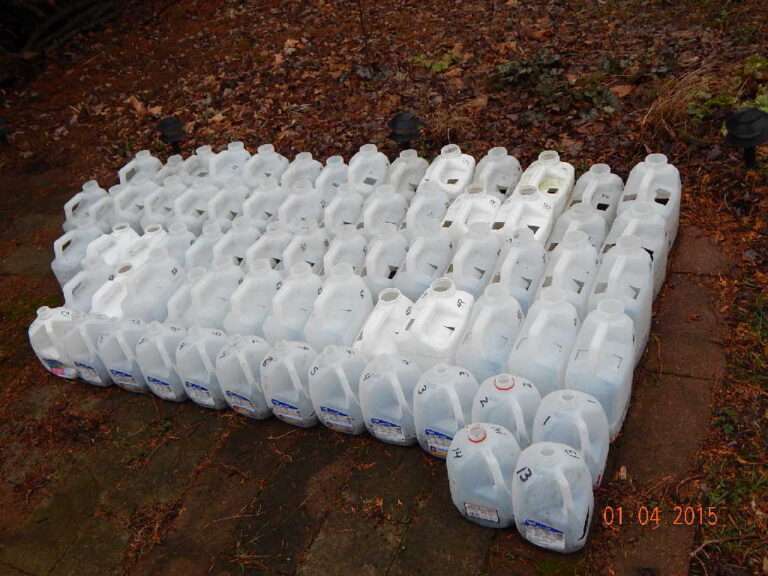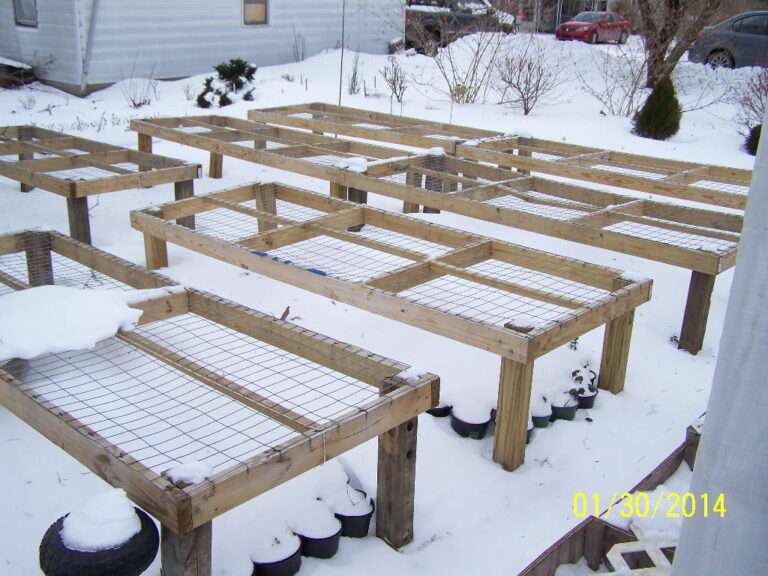Dark Knight Bluebeard
Dark Knight Bluebeard. No, I’m not talking about some swashbuckler from years ago. No buried treasures with it either. Arr matey, we’re talking about a plant.
This is brushy fragrant shrub that waits until the end of summer and early fall to bloom. This is not the time of year for great flowering shrubs.
Caryopteris x clandonensis ‘Dark Knight’ is it’s botanical name. It may be known by its common name of Bluebeard however. Sometimes you may find it called Blue Mist Spirea because of the way it looks in bloom.
Due to its fragrance and the little bit of a powdery-like coating on the leaves, it is usually avoided by the local deer and rabbits. It spends all season putting on a good growth with loads of flower buds. Then along comes the heat of summer.
Flower Time
Just when you are thinking there aren’t many more flowers to be had for the year, along comes the Dark Knight Bluebeard to the rescue. The bees are searching far and wide for some flowering goodies because things are beginning to wind down for the year. All of a sudden lots of fuzzy blue-purple flower clusters appear.
Dark Knight Bluebeard-almost blue
These flowers are so close to being a real true blue that it is really hard to say they aren’t when the bush is alone in the yard. The flowers last and last. They will be still blooming when the cold fingers of frost start touching the plants.
This makes it one of the last great bee attracting plants of the year. The plant will be packed with bees almost constantly. It is like the plant is humming a song at times because there can be so many bees buzzing around it.
Hardy or not so hardy
Dark Knight Bluebeard is considered hardy in Zones 5-9. That means that it can handle average winter cold temperatures of about minus 10 to 20 degrees Fahrenheit. That sounds pretty good for those of us in most of the central northeastern United States. What’s your zone?
Unfortunately, oftentimes that hardiness is more for the roots and lower areas of the plant. The harsh cold and winds of winter can do some damage to all of those nice branches some years. The plants will come out of dormancy with several dead branches.
Some trimming necessary
Most years some light to moderate trimming is required once the plants wake up from their winter nap. It is just some trimming and minor shaping to get things back on track for the year. If winter was more severe than usual, you know how that is, the whole plant may suffer dieback.
If that happens, give it some time to recover before you start grabbing your shovel. These plants are pretty root hardy and will grow back from below ground if they need to. I have suffered total top loss of mine a couple of times over the last 8 or 9 years.
They have all spring and summer to put up lots of new growth. While they are often good at creating their own branching growth, they may need a little bit of pruning here and there if they don’t fully cooperate with the branching.
Early winter pruning
I thought I would try cutting one of my Bluebeards back before winter struck cold and hard one year. If they die back anyways, I would get a head start on the cutting. Oops, I made a BIG mistake! That plant actually died that winter while my others did their usual winter performance. NO more pre-winter pruning these for me.
